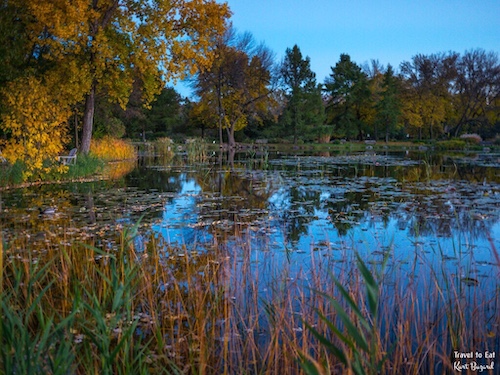
The Montreal Botanical Garden (Jardin botanique de Montréal) is a large botanical garden in Montreal, Quebec, Canada comprising 75 hectares (190 acres) of thematic gardens and greenhouses. It was designated a National Historic Site of Canada in 2008 as it is considered to be one of the most important botanical gardens in the world due to the extent of its collections and facilities. The garden was founded in 1931, in the height of the Great Depression, by mayor Camillien Houde, after years of campaigning by Brother Marie-Victorin. The grounds were designed by Henry Teuscher, while the Art Deco style administration building was designed by architect Lucien F. Kéroack. It serves to educate the public in general and students of horticulture in particular, as well as to conserve endangered plant species.
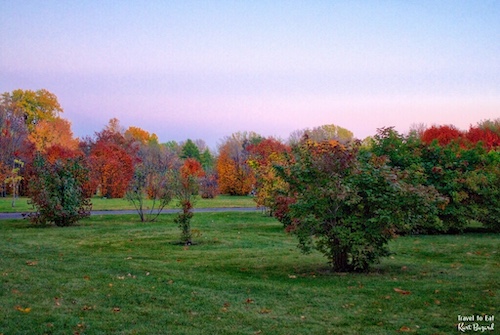
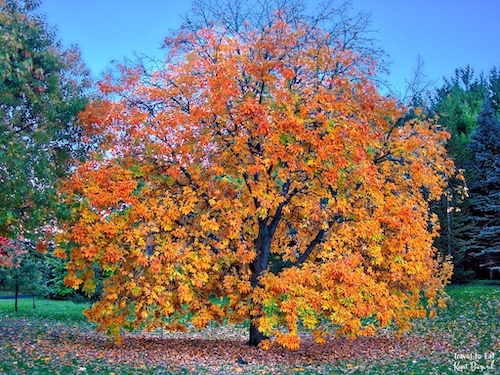
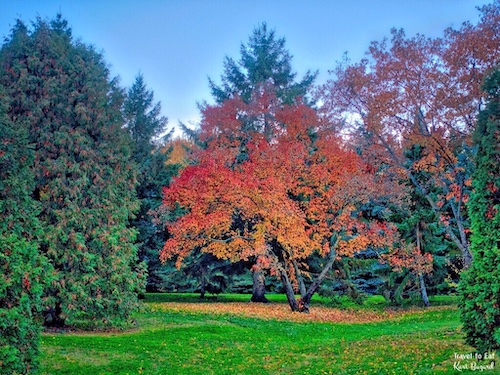
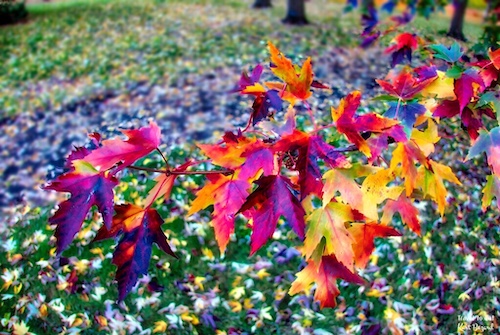
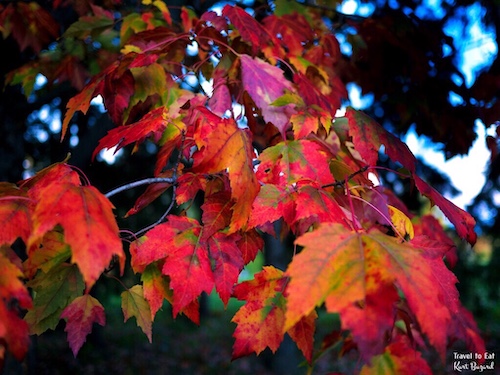
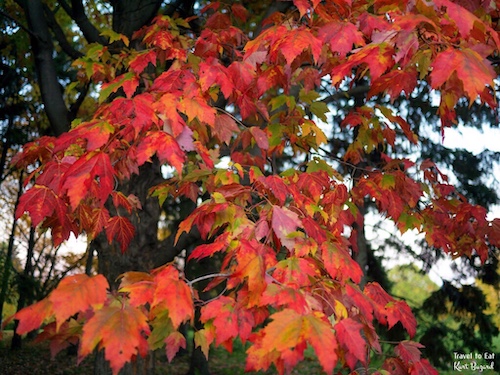
Birch leaves turn yellow, while maple leaves turn gold, orange, red and green. Why? In the fall, shorter days and cold nights stimulate the production of ethylene, a hormone responsible for causing the leaves to drop off. A cork plug gradually forms and blocks the channels that carry nutrients to the leaves. They survive for a while longer by using up their own reserves. When the essential minerals are no longer available, chlorophyll (green pigment) disappears, leaving its place to the yellow pigments (carotenes and xanthophylls) that are normally masked by the green. This is the case of the white birch. For maples, the cork plug is not completely watertight and doesn’t completely block the flow of raw sap into the leaves. As a result, sugar builds up in the leaf tissues, causing the formation of red and purple pigments (phenols and anthocyanins). These pigments change colour depending on the acidity of the soil: bright red in acidic soil, and purple in alkaline soil. At the same time, the percentage of (green) chlorophyll gradually declines, revealing the (yellow) carotene. This is why we see some maple leaves that are still green while others are yellow or red.
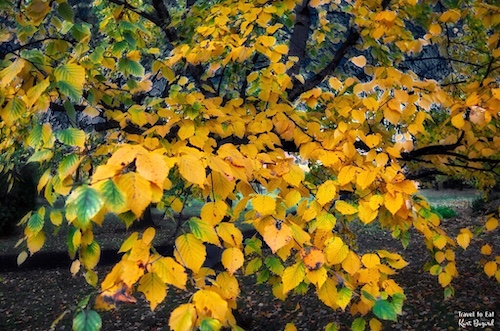
The American beech (Fagus grandifolia) is native to eastern North America, from Nova Scotia west to southern Ontario in southeastern Canada, west to Wisconsin and south to eastern Texas and northern Florida in the United States.
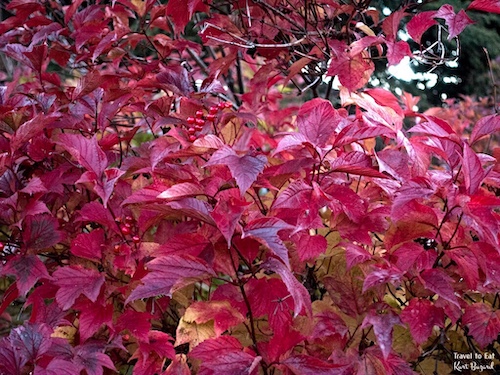
Euphorbia pulcherrima or Poinsettia is a shrub or small tree, typically reaching a height of 0.6–4 meters (2–13 feet). The plant bears dark green dentate leaves that measure 7–16 centimeters (2.8–6.3 in) in length. The colored bracts, which are most often flaming red but can be orange, pale green, cream, pink, white, or marbled, are often mistaken for flower petals because of their groupings and colors, but are actually leaves. The colors of the bracts are created through photoperiodism, meaning that they require darkness (12 hours at a time for at least five days in a row) to change color. At the same time, the plants require abundant light during the day for the brightest color.
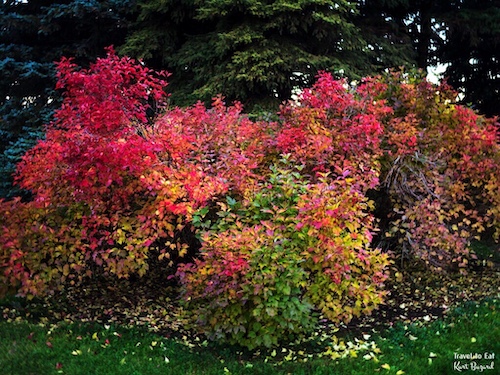
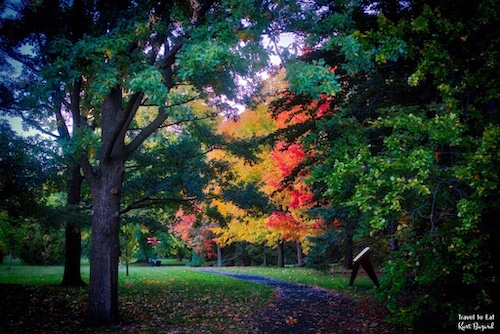
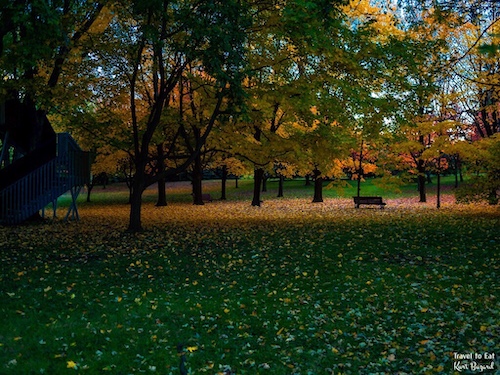
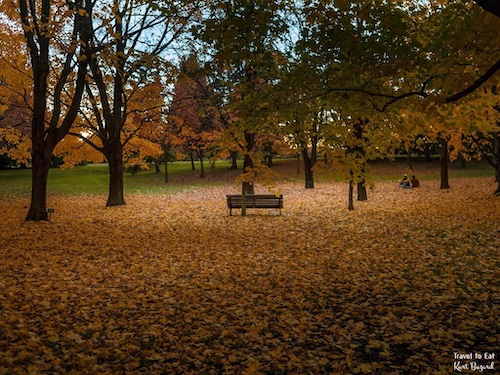
We visited Montréal in the fall, so we got the full beauty of the fall foliage. The First Nations Garden was opened in 2001 to honor and present the cultures of the indigenous population of Canada. Species endemic to Quebec and other North American regions are kept in the garden; the maple, birch, and pine trees shade its paths, and the garden brings into focus the medicinal and food plants of the First Nations. It has several totem poles and exhibits demonstrating traditional artwork and construction methods. In addition there are many benches provided for quiet contemplation of the beautiful surroundings.
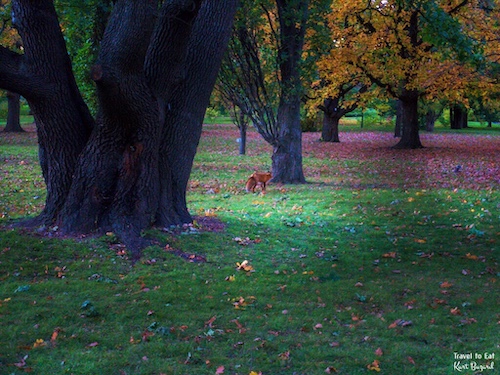
Apparently there are foxes in the preserve, we saw one sleuthing around.
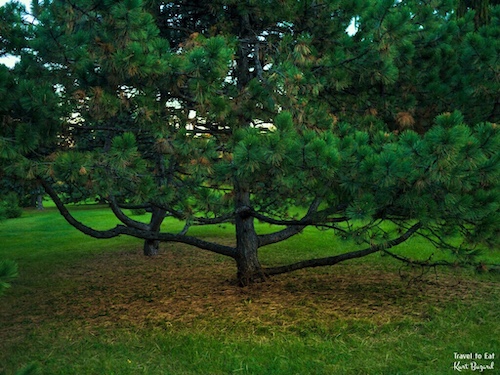
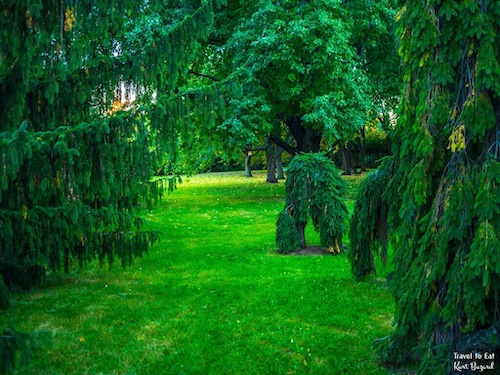
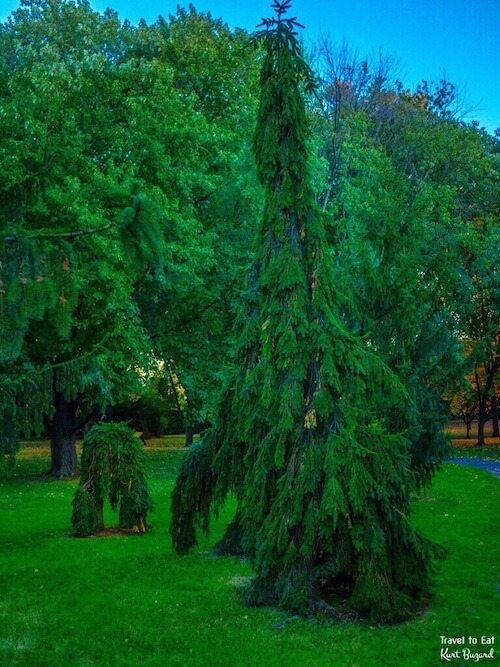
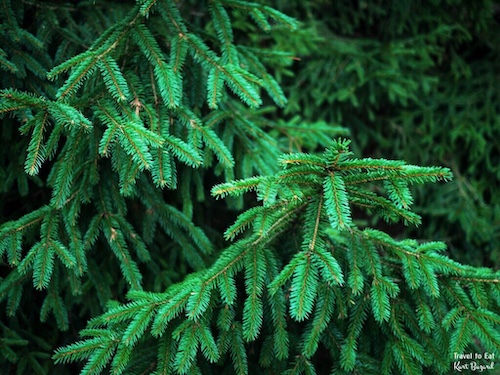
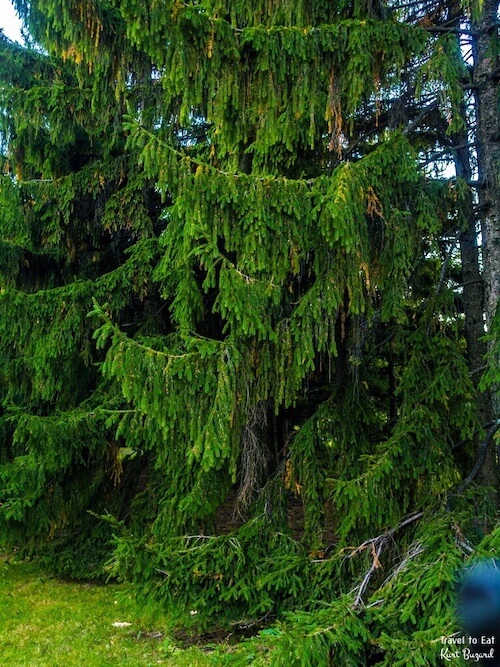
In addition to the fall foliage, they have some lovely evergreen species including norfolk pines. Araucaria heterophylla is a member of the ancient and now disjointly distributed family Araucariaceae. As its vernacular name Norfolk Island pine implies, the tree is endemic to Norfolk Island, a small island in the Pacific Ocean between New Zealand and New Caledonia, about 1440 km east of Sydney, Australia. The Picea Glauca Pendula or Weeping White Spruce was rediscovered by Jean Iseli. This outstanding weeping selection in 1982 was found at the Morton Arboretum in Illinois, where a specimen had grown since 1958. Iseli fell in love with the distinctive tree’s formal, narrow, conical shape and its pendulous, stiffly held, drooping branches and loads of light, gray-green foliage. The original tree was propagated by D. Hill Nursery from a tree in a native stand near Guelph, Ontario. The elegant, dramatic conifer was nearly lost to cultivation.
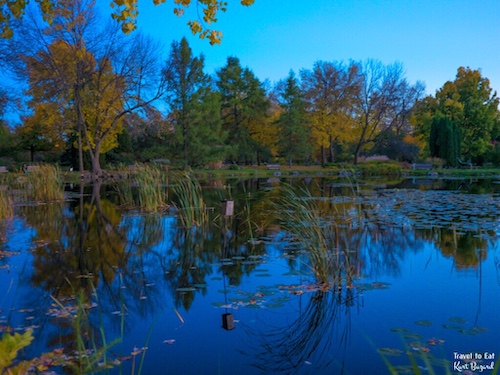
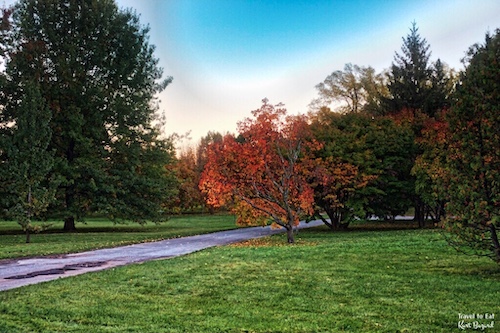
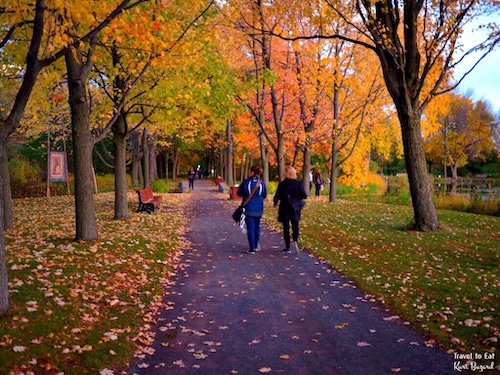
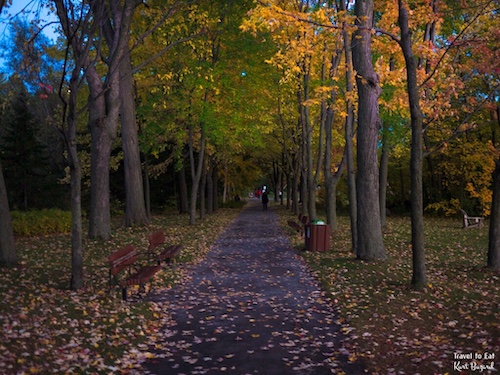
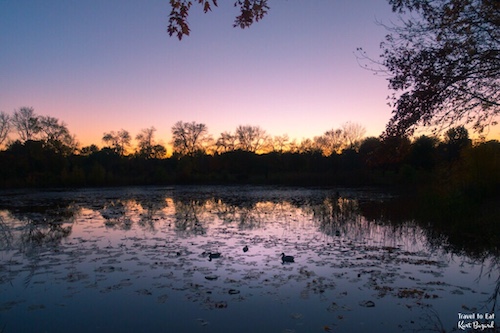
We had a wonderful walk through the Montréal Botanical Gardens, the dark conditions brought out the most beautiful aspects of the paths. If you visit Montréal, take the time to visit. As always, I hope you enjoyed the post, please leave a comment.
[mappress mapid=”198″]
References:
Botanical Garden: http://espacepourlavie.ca/en/botanical-garden?lang=fr
TripAdvisor: https://www.tripadvisor.com/Attraction_Review-g155032-d240016-Reviews-Montreal_Botanical_Gardens-Montreal_Quebec.html
Sent from my iPad

